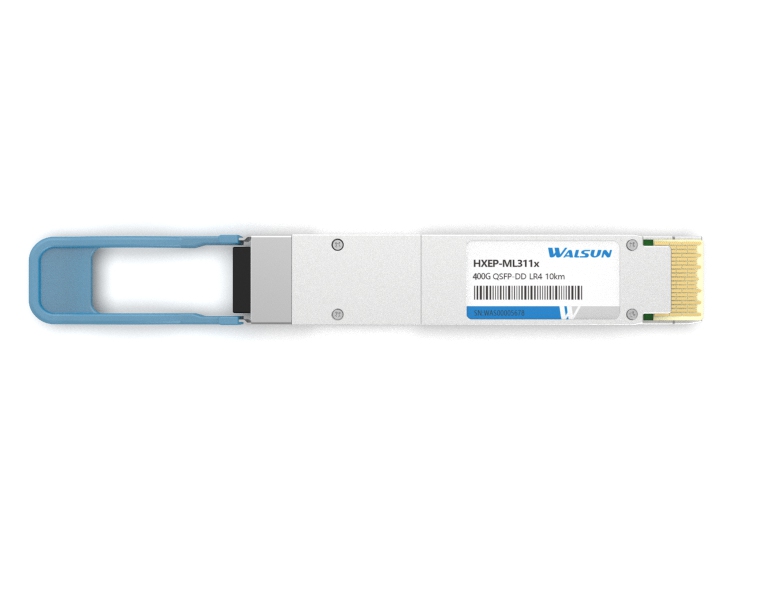PRODUCTS

- DD in QSFP stands for "Direct Detect." QSFP (Quad Small Form-factor Pluggable) is a compact, hot-pluggable transceiver used for high-speed data communication applications. The DD in QSFP refers to the type of optical transceiver that uses direct detection to receive optical signals. Direct detect transceivers are typically used for shorter reach applications and have lower power consumpt439

- QSFP28 (Quad Small Form-factor Pluggable 28) and QSFP+ (Quad Small Form-factor Pluggable Plus) are both types of transceiver modules used in high-speed network applications. The main difference between the two lies in their data transmission speeds and the interface they are designed for:1. Data Rates:- QSFP28 supports data rates of up to 100 Gbps per port, allowing for a total throughput of 400 G1025

- QSFP+ and QSFP28 are both types of Quad Small Form-factor Pluggable (QSFP) transceivers commonly used in high-speed data communication applications such as data centers and telecommunications equipment. The main difference between the two lies in their data transmission capabilities and specifications:1. Data Rate: - QSFP+ supports data rates of up to 40 Gbps (Gigabits per second) using four lanes1048

- Both 100G Active Optical Cable AOC and 100G High Speed Cable have the role of transmitting data. However, there are some differences between 100G AOC active fiber optic cable and 100G high speed cable.What is 100G AOC active fiber optic cable?100G AOC active fiber optic cable refers to the communication process requires the use of external energy, the electrical signal into optical signals, or opt1016

- Yes, SFP28 and QSFP28 are compatible with each other. SFP28 (Small Form-Factor Pluggable 28) and QSFP28 (Quad Small Form-Factor Pluggable 28) are both high-speed transceiver modules used for data communication over optical fiber. While they have different form factors and connector types, it is possible to use a media converter or a compatible adapter to connect SFP28 and QSFP28 modules together i412


 CHS
CHS Walsun Mall
Walsun Mall










